6 Compelling Reasons to Choose Python for Machine Learning
Oct 22, 2024 4 Min Read 1635 Views
(Last Updated)
Machine learning has become the hottest topic in today’s world. It is a form of programming that allows computers to automatically learn from data and develop over time without being programmed explicitly. According to GitHub, Python is the most popular programming language for Machine Learning. Here arises the question of why python for machine learning?
Python is now being used by several top-tier companies such as Google, Facebook, Netflix, Dropbox, Reddit, etc. Python is also so flexible that it is used by people from a wide range of disciplines and for a wide range of tasks, including data processing, machine learning, artificial intelligence, and automation. We can also use Python to create web, mobile, and desktop applications and perform QA testing.
The Python programming language provides many libraries, modules, and packages, which offer significant benefits to all machine learning processes, from basic to complex. Python isn’t the only language for Machine Learning projects. The serpentine language, on the other hand, clearly outshines its rivals. What is the reason for this?
Python helps you to solve complex problems quickly and with less code, saving you time and effort in the development process. Python has a large ecosystem, which contains many libraries that do a wide range of tasks. Since it is a high-level language, it is simple to code, debug, and manage.
Table of contents
- Top 6 Reasons to Choose Python for Machine Learning
- Libraries and Framework
- Simple and Flexible
- Low entry barrier
- Community & popularity
- Code readability
- Platform Independence
- Conclusion
Top 6 Reasons to Choose Python for Machine Learning
Let’s take a closer look at the significant features of Python, which makes it so popular among machine learning developers and answers the query of why python for machine learning.
1. Libraries and Framework
One of the critical reasons Python is the most common AI programming language is many libraries.
A library is a pre-written piece of code that enables users to access some features or perform various actions. It is released by multiple sources such as PyPi and includes a pre-written piece of code.
Some of the most widely used libraries for machine learning and artificial intelligence offered by Python are Scikit-learn, Pandas, Keras, Tensor Flow, Matplotlib, etc.
These Libraries facilitated various tasks, including DevOps, Web creation, and data science and computer vision which is one of the biggest reasons why python is used for Machine learning.
Why Python’s Library?
- Continuous data processing is required for machine learning, and Python’s libraries allow you to access, handle, and transform data.
- Python’s Standard Library makes it a general-purpose programming language that isn’t restricted to specific applications. Its diverse ecosystem of modules and repositories spans a wide range of topics and industries.
- Python libraries provide basic functionalities so that developers don’t have to start from scratch every time.
Make sure you understand machine learning fundamentals like Python, SQL, deep learning, data cleaning, and cloud services before we explore them in the next section. You should consider joining GUVI’s Artificial Intelligence & Machine Learning Course, which covers tools like Pyspark API, Natural Language Processing, and many more and helps you get hands-on experience by building real-time projects.
Instead, if you would like to explore Python through a Self-paced course, try GUVI’s Python course.
2. Simple and Flexible
Python is an excellent choice for machine learning because it is a very flexible language. It gives users the choice of using Object Oriented Programming or scripting.
There’s no need to recompile the source code, so developers can improve and see the results right away. The simplicity and flexibility of Python make it a popular one for machine learning.
Furthermore, flexibility helps developers choose the programming styles in which they are most comfortable and combine these styles to solve various types of problems in the most efficient manner.
Nobody likes overly complex things, which is why Python’s ease of use is one of the key reasons for its popularity in Machine Learning. It is easy to learn and use, with a basic syntax that appeals to experienced programmers and students.
Reasons for Simplicity & flexibility
- Python is also a very efficient programming language. It enables programmers to accomplish more with fewer lines of code.
- Python code is also simple to comprehend by humans, making it suitable for creating Machine Learning models.
- Its simplicity allows developers to concentrate on solving the Machine Learning problem rather than spending all of their time learning the language’s technological complexities.
3. Low entry barrier
Working in the ML and AI industry entails dealing with a large amount of data that must be processed most efficiently and productively. Because of the low entry barrier, more data scientists will quickly learn Python and start using it for AI production without putting in a lot of effort.
Python is a programming language that is similar to everyday English, which makes learning simpler. Its simple syntax makes it easy to work with complex systems while maintaining consistent relationships between system components. The simple syntaxes also allow you to collaborate with multiple complex systems easily.
The reasons mentioned above provide a low entry barrier to learning Python. Its low entry barrier makes it ideal for beginners and is always enjoyable to use. Its ease of use is perhaps the most important reason it will not die.
The low entry barrier also adds to Python’s status as a machine learning and data science favorite, ensuring that it will continue to exist for a long time.
4. Community & popularity
It’s always beneficial to have a large community developed around a programming language. Python is an open-source language, which ensures that programmers at all levels, from beginners to experts, have access to a wealth of tools.
Python has a vast and welcoming developer community that is only increasing in size. Strong best practices are drafted in these communities and forums to enforce the language’s ideology.
There is a wealth of Python documentation available online and Python communities and forums where programmers and machine learning developers discuss bugs, solve problems and assist one another.
This makes it easier to find developers and substitute team members if necessary. Furthermore, the expense of their work might not be as high as it would be if they used a lesser-known programming language.
Python is becoming increasingly common among data scientists as a result of the benefits mentioned above. Python’s popularity is expected to rise until at least 2020, according to Stack Overflow.
5. Code readability
Python is very simple to read so that any Python developer can understand and modify, copy, or share the code of their peers.
There are no misunderstandings, bugs, or competing paradigms, resulting in a more effective sharing of algorithms, concepts, and tools between AI and ML experts.
There are also resources available, such as IPython, an interactive shell with extra features such as checking, debugging, tab completion, and others, making the work process more straightforward.
Machine learning entails many algorithms, which can be difficult for software developers to implement at times. Python provides a safe testing environment and allows you to write and execute code quickly and efficiently.
Python has become the first option for most machine learning projects because it can implement OOP-like logic with as little as one-fifth of the code needed for other programming languages for machine learning.
The easy-to-read code also makes it easier for developers to make alterations in the code quickly, and the results can be checked easily. It is possible to accomplish this without recompiling the source code.
6. Platform Independence
Python is not only simple to use and understand, but it is also highly flexible. Python’s popularity in Machine Learning can be attributed to this. Python is used to build machine learning applications on various platforms, including Windows, MacOS, Linux, Unix, etc.
Packages like PyInstaller help developers prepare their code for various platforms. Again, this saves time and resources for experiments on different platforms while also simplifying and streamlining the overall process.
The compact and extensible nature of Python allows it to perform a wide range of cross-language operations. Many data scientists tend to train their machine learning models on their machines using Graphics Processing Units (GPUs), and Python’s portability is ideal for this.
Python is used in conjunction with Java, .NET modules, and C/C++ libraries due to its extensible design.
Kickstart your Machine Learning journey by enrolling in GUVI’s Artificial Intelligence & Machine Learning Course where you will master technologies like matplotlib, pandas, SQL, NLP, and deep learning, and build interesting real-life machine learning projects.
Alternatively, if you would like to explore Python through a Self-paced course, try GUVI’s Python certification course.
Conclusion
Artificial Intelligence (AI) and machine learning (ML) are rapidly evolving, and these universal technologies allow scientists to solve real-world problems and devise innovative solutions. Python is one of the most widely used programming languages in the world today.
Python allows developers to be more efficient and optimistic about their applications, from creation to deployment and maintenance. The simplicity and stability of Python and access to excellent libraries and frameworks for AI and machine learning, accessibility, platform independence, and a large community make it the best choice for machine learning and AI projects.
As AI and ML become more widely used across different platforms and sectors, large companies invest in these fields, and the market for ML and AI experts rises in tandem. So, what are you holding out for? Start learning Python and become a machine learning expert!

















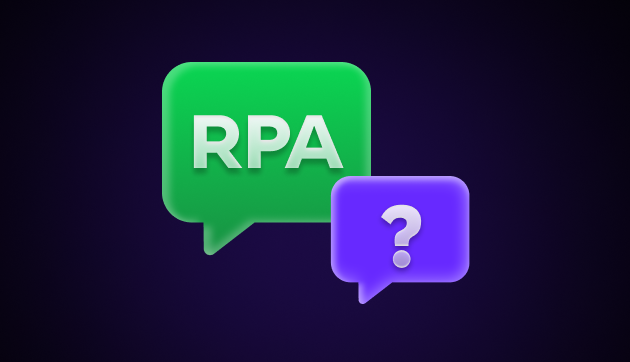
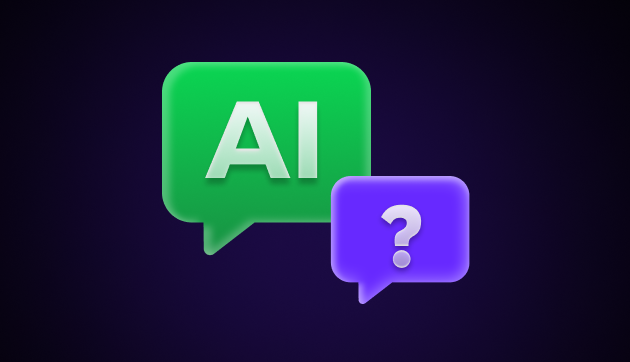
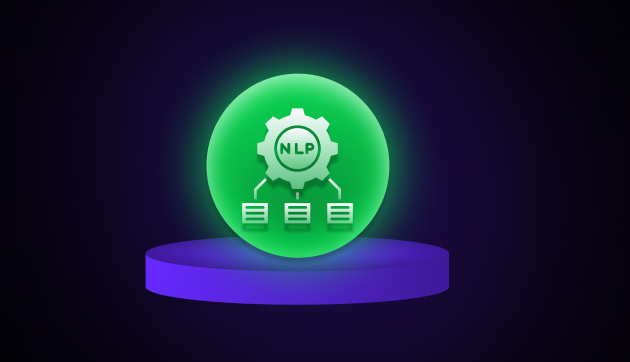
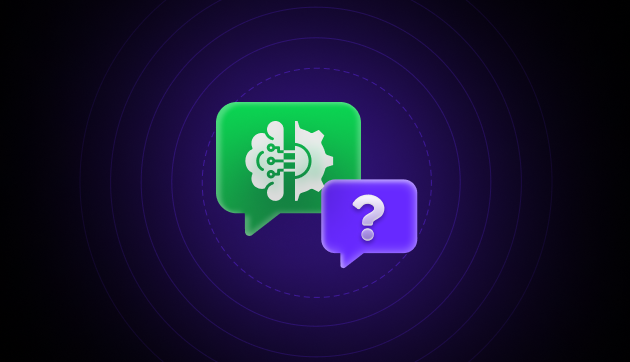

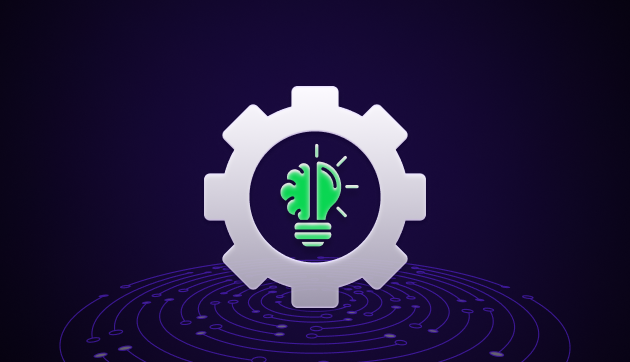



Did you enjoy this article?